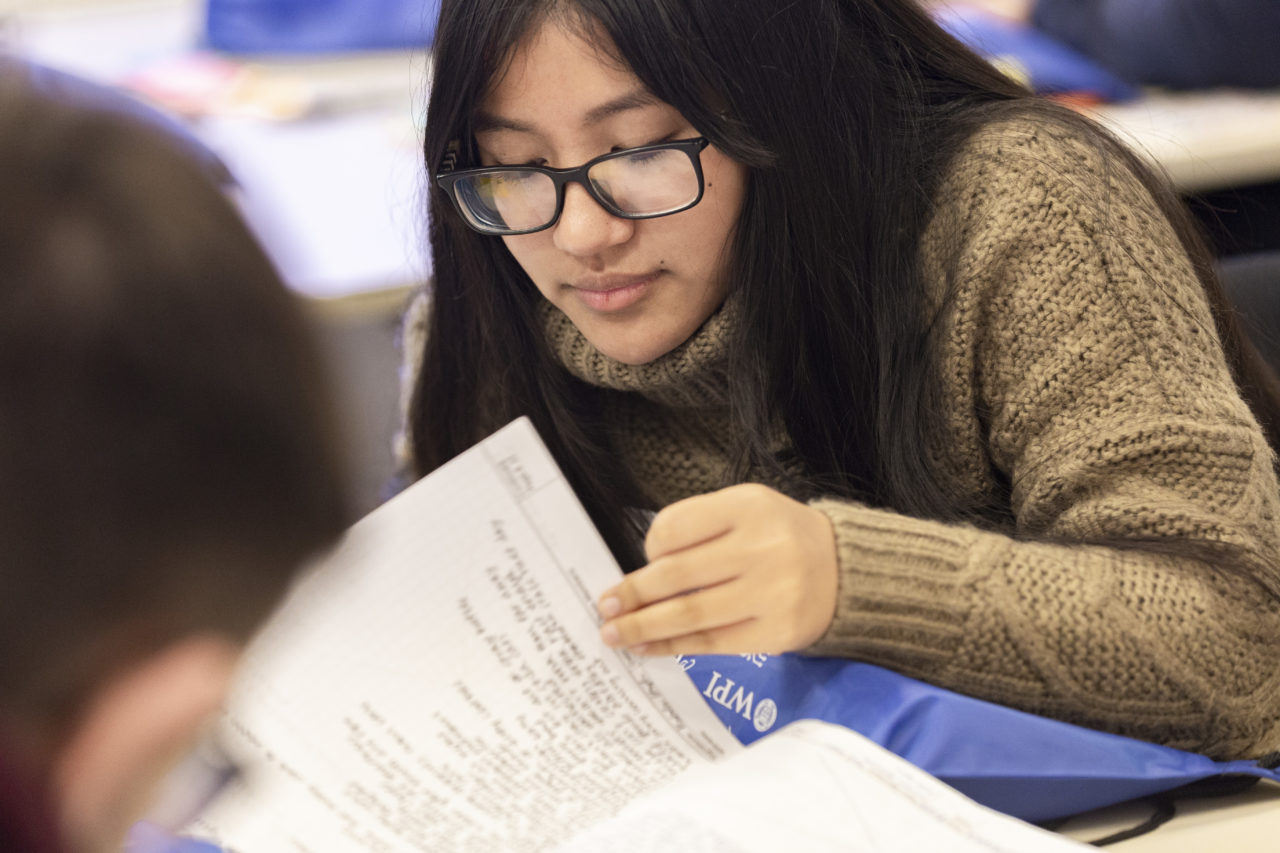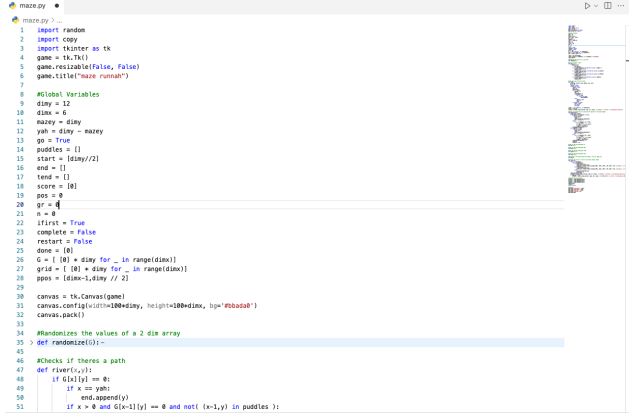
Student Work | Mass STEM Hub
Middle School | OSE | Activity: Light and Matter | Top OSE Project Award
December 06, 2021
Check out the student work submitted for real-world industry feedback! Learn more about submitting student work to receive real-world feedback here!
Grade: Middle School
OSE Course: Light and Matter
Project overview: OpenSciEd is an innovative middle school science curriculum using phenomenon-based instruction. Instead of memorizing science principles and facts, students explore real-world phenomena, leading the inquiry process and their learning. In this unit 6th grade students explore one-way mirrors to understand how visible light travels. The students created individual models to show their thinking about why the view was different on either side of the mirror. They then worked as a class to develop a class Consensus Model.
Selected student submission materials:
Link to additional project pieces: click here
Select judge feedback: “Hi, I work as an engineer in the pharmaceutical industry. I also studied physics in college, so I find the properties of light fascinating like you all do!
Your visual models and explanation videos show that you have a strong understanding of the properties of light and one-way mirrors. The information is presented in an intuitive and straightforward way, and I think that a person who knows nothing about one-way mirrors could watch your videos and gain a solid understanding.
I also like that you used different colors to represent light and lines of sight. That made it easy to tell the difference and it prevented confusion.
One thing that you could consider further is the full path the light takes. The light originates from the light-bulb, and reflects off of the student. The teacher is seeing the light that reflected off of the student, and then traveled through the mirror to the teacher’s eyes. This is how the teacher sees the student. The student sees the light that reflected off of the student, and then reflected again off of the mirror and back into the student’s eyes. This is how the student sees themself.
Thanks for submitting!”
-Sr. Quality Engineer, EyePoint Pharmaceuticals
“Hello, I am an eye doctor in Boston. I really enjoyed reviewing your project on one-way mirrors.
Your teams’ explanations for how one-way mirrors work were excellent. I was able to follow along with your reasoning and I learned that different light levels are needed for a one-way mirror to work. The properties of light and mirrors are very complex topics, so I was really impressed how you were able to understand them and talk about them.
One thing that could have improved your project would be explaining more about how a one-way mirror allows some light to pass but also reflects some of the light rays. This is usually done by encasing the mirror in a thin layer of metal like aluminum.
I am an eye doctor who specializes in the retina which is the extremely thin tissue on the back wall of the eye that contains the photoreceptors that turn light into a chemical message for our brain to form an image. One of the most important devices that I use everyday is the optical coherence tomography machine which relies on one-way mirrors to take a high-resolution picture of the retina. Also, some of the lasers that I use to treat retinal problems contain a type of one-way mirror.
The principles of light and mirrors are complex but very useful for many scientific disciplines, especially for us eye doctors. Learning about these topics now will build a great foundation for any STEM career. Congratulations!”
-Opthamologist, Ophthalmic Consultants of Boston/Tufts-New England Eye Center
Industry Award: Top OSE Project
School: 1LT Charles W. Whitcomb School
Teacher: Carey Doucette




